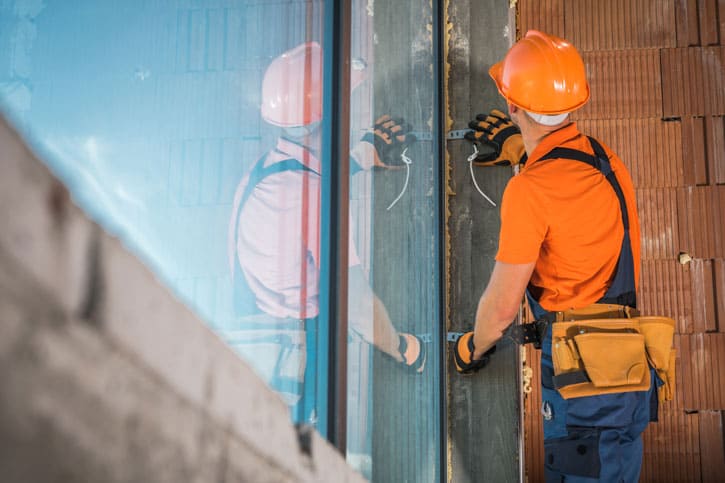First things first, what exactly is a Safe Work Method Statement? In simple terms, it’s a document that outlines the hazards associated with a particular task or job and the control measures that will be implemented to minimise the risk of harm to workers. The purpose of a SWMS is to ensure that workers are aware of the risks involved in their work and how they can mitigate those risks to ensure their safety.
Now, some people might think that SWMS procedures are only necessary for high-risk industries like construction or mining. But the truth is, every workplace carries some level of risk, and it’s essential to have proper procedures in place to ensure everyone’s safety. Whether you’re working in an office or a factory, a SWMS procedure is a critical component of your workplace safety plan.
Creating a SWMS procedure is not complicated, but it does require careful consideration and planning. The first step is to identify the hazards associated with the task or job. This could include anything from working at heights to handling hazardous substances. Once the hazards have been identified, the next step is to determine the control measures that will be implemented to minimise the risk of harm.
Some common control measures might include:
- Providing workers with appropriate personal protective equipment (PPE)
- Limiting exposure to hazardous substances
- Ensuring that machinery and equipment are regularly inspected and maintained
- Implementing safe work procedures and practices
- Providing adequate training and supervision
Once the control measures have been identified, they should be documented in the SWMS procedure along with any additional information that workers need to know, such as emergency procedures or reporting requirements.
It’s essential to remember that creating a SWMS procedure is not a one-time event. As your workplace evolves and changes, so too must your SWMS procedure. It’s crucial to review and update your SWMS regularly to ensure that it remains effective and relevant.
But it’s not enough to just have a SWMS procedure in place. Workers must also be trained on how to create and follow SWMS procedures. This includes understanding the hazards associated with their work, knowing how to identify and control those hazards, and understanding their role in maintaining a safe work environment.
So, my friends, if you haven’t already, it’s time to take a closer look at your workplace safety plan and ensure that a SWMS procedure is a part of it. Don’t wait until an accident occurs to take action. Take a proactive approach to workplace safety and create a culture of safety in your organisation.
Remember, workplace safety is everyone’s responsibility. By working together and following proper procedures, we can create a safer and more productive workplace for all. So, let’s get to it and create a Safe Work Method Statement procedure that works for you and your team.
Thank you for joining me today, my friends. Remember to stay safe and always keep learning and growing. Until next time!
Cheers,

![]()






